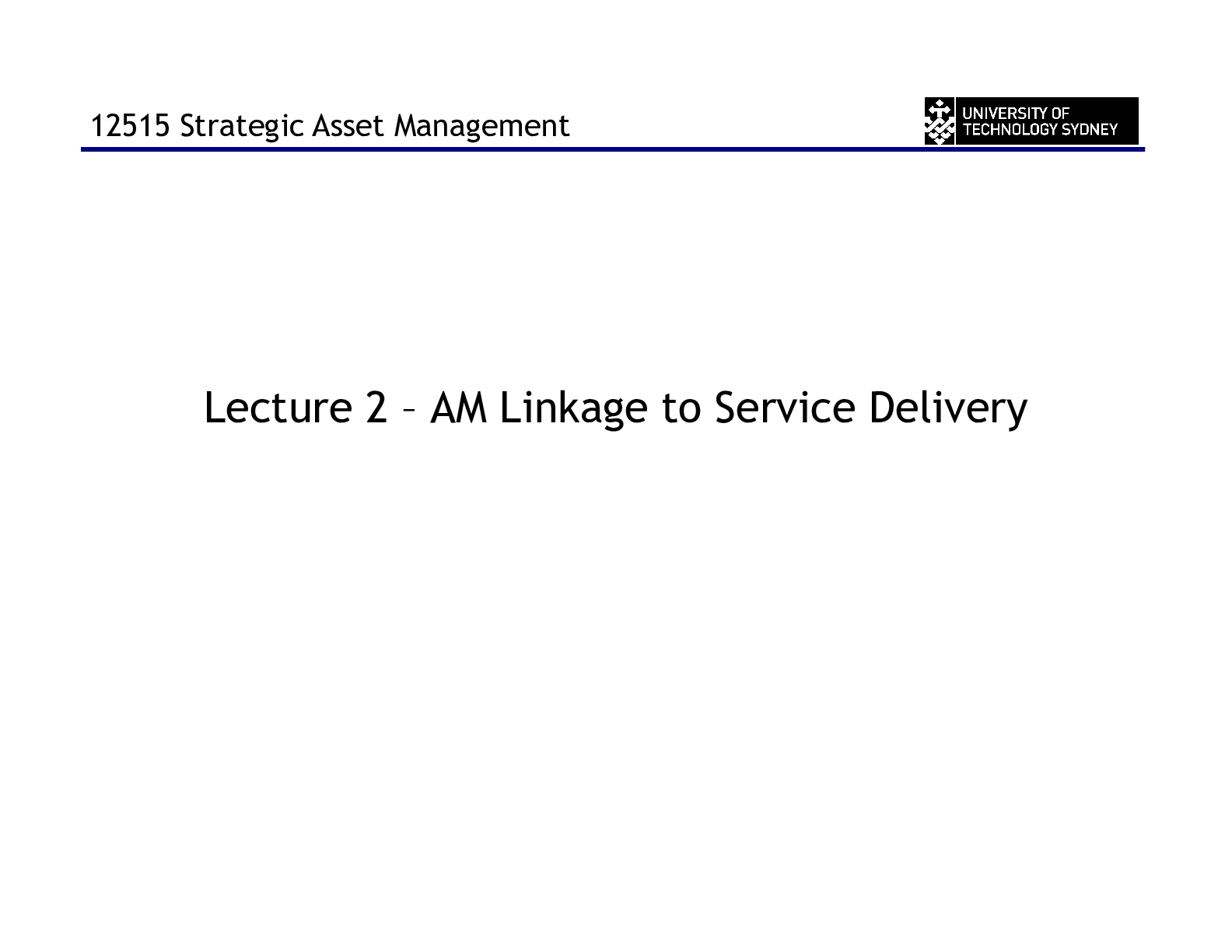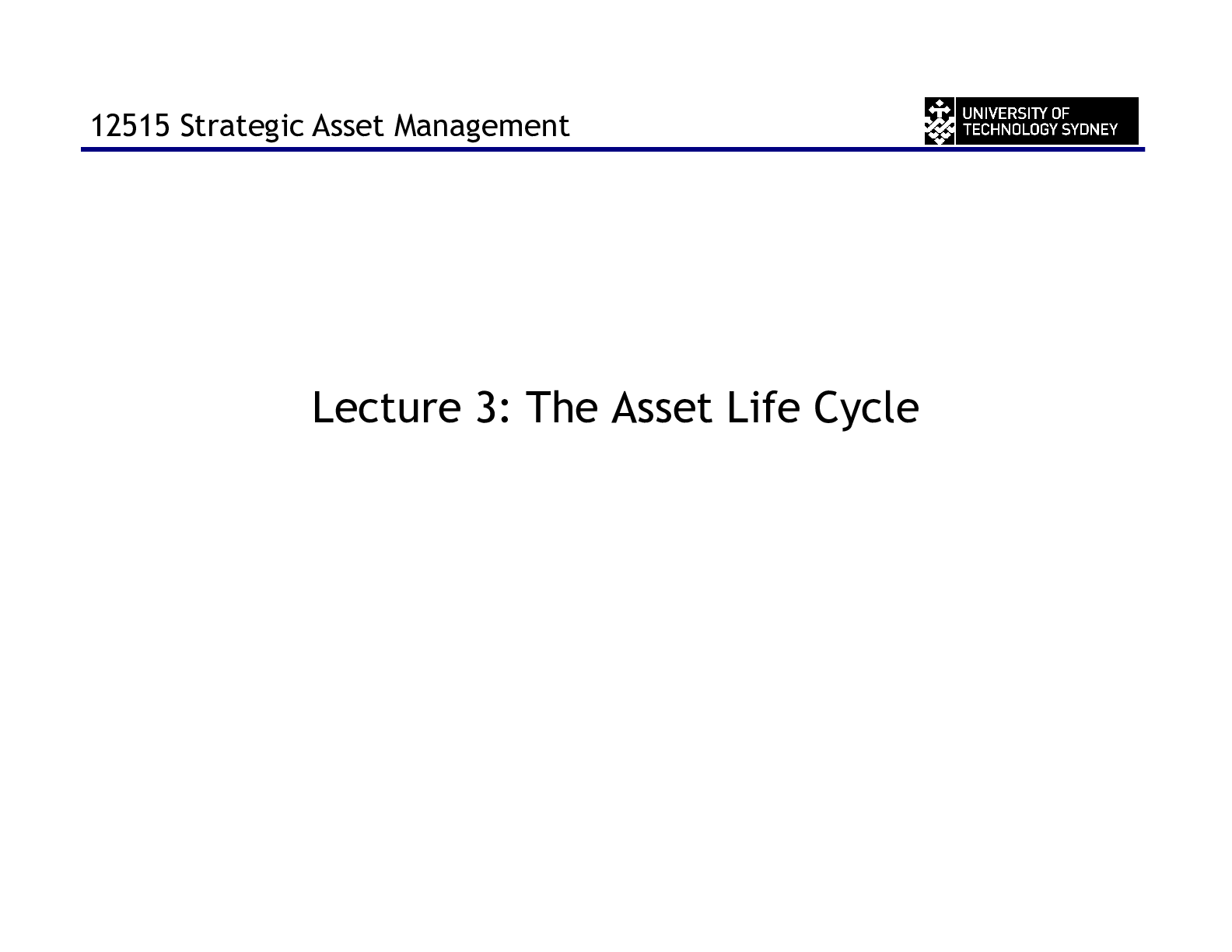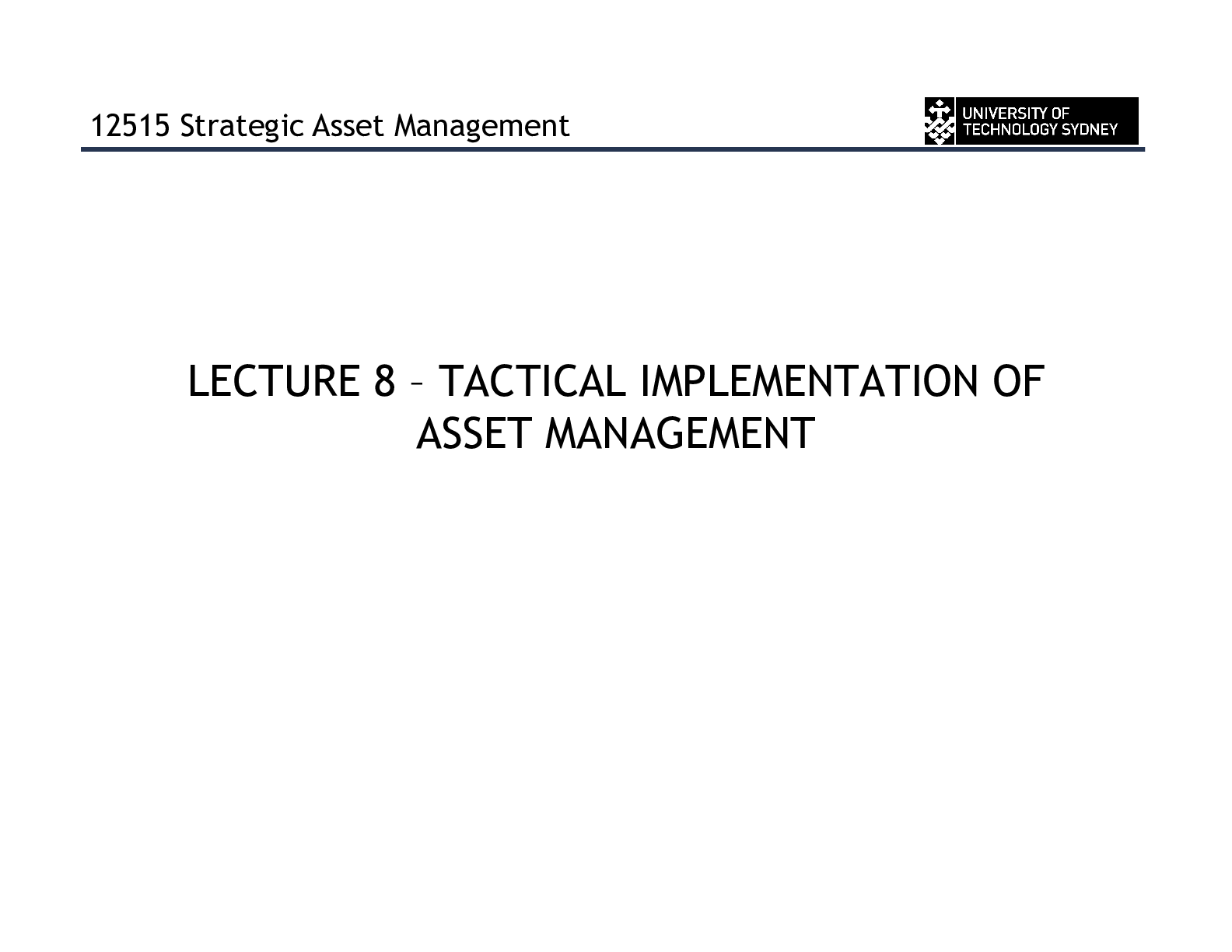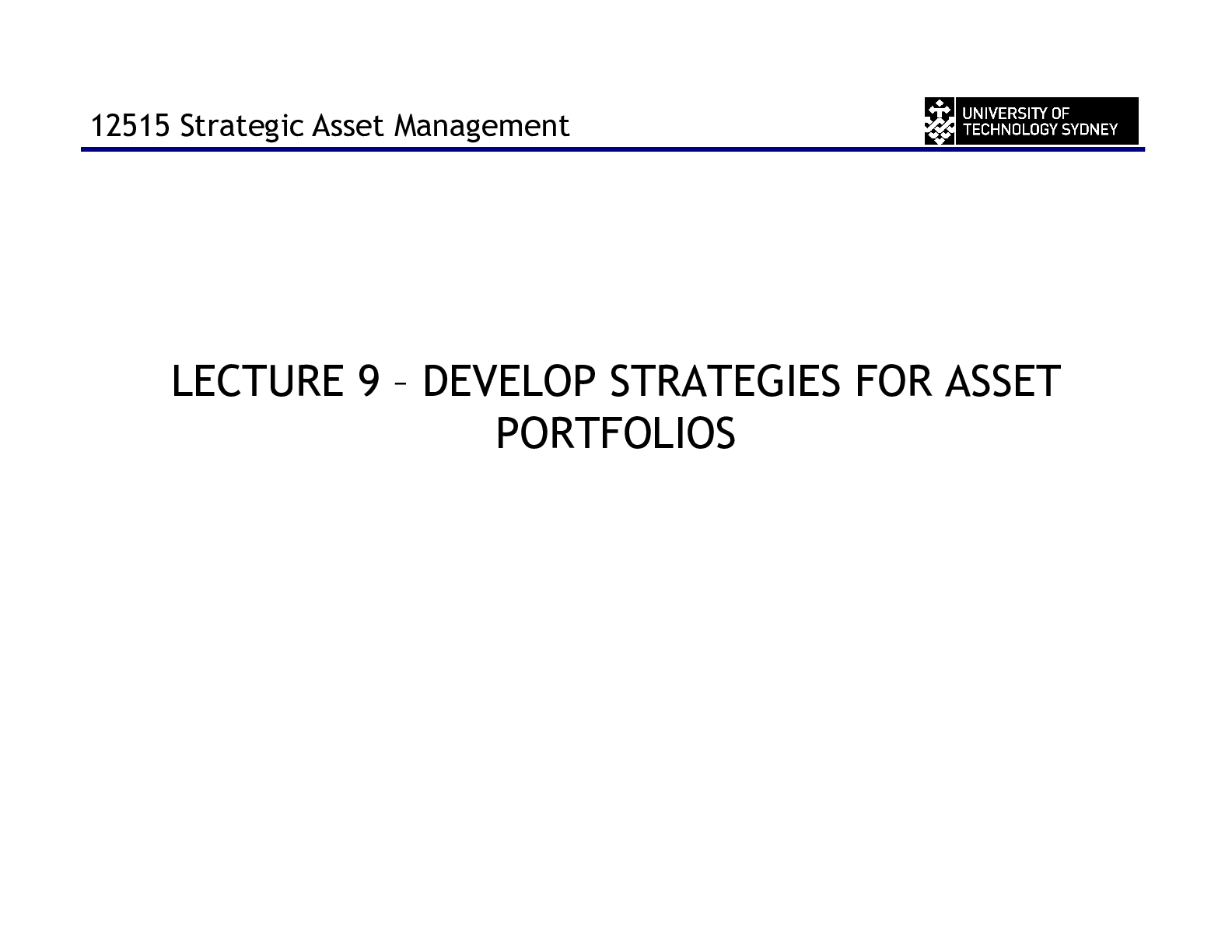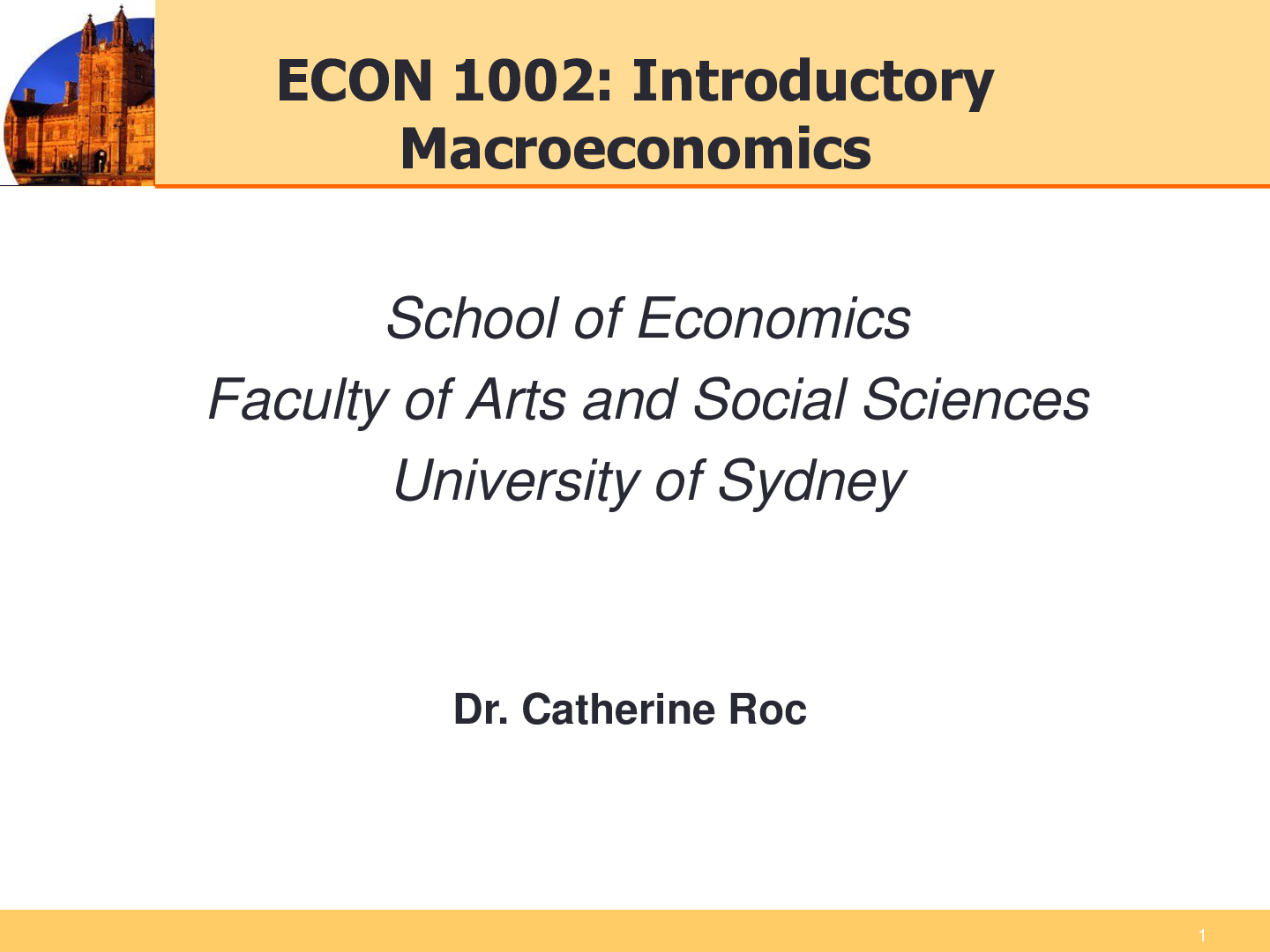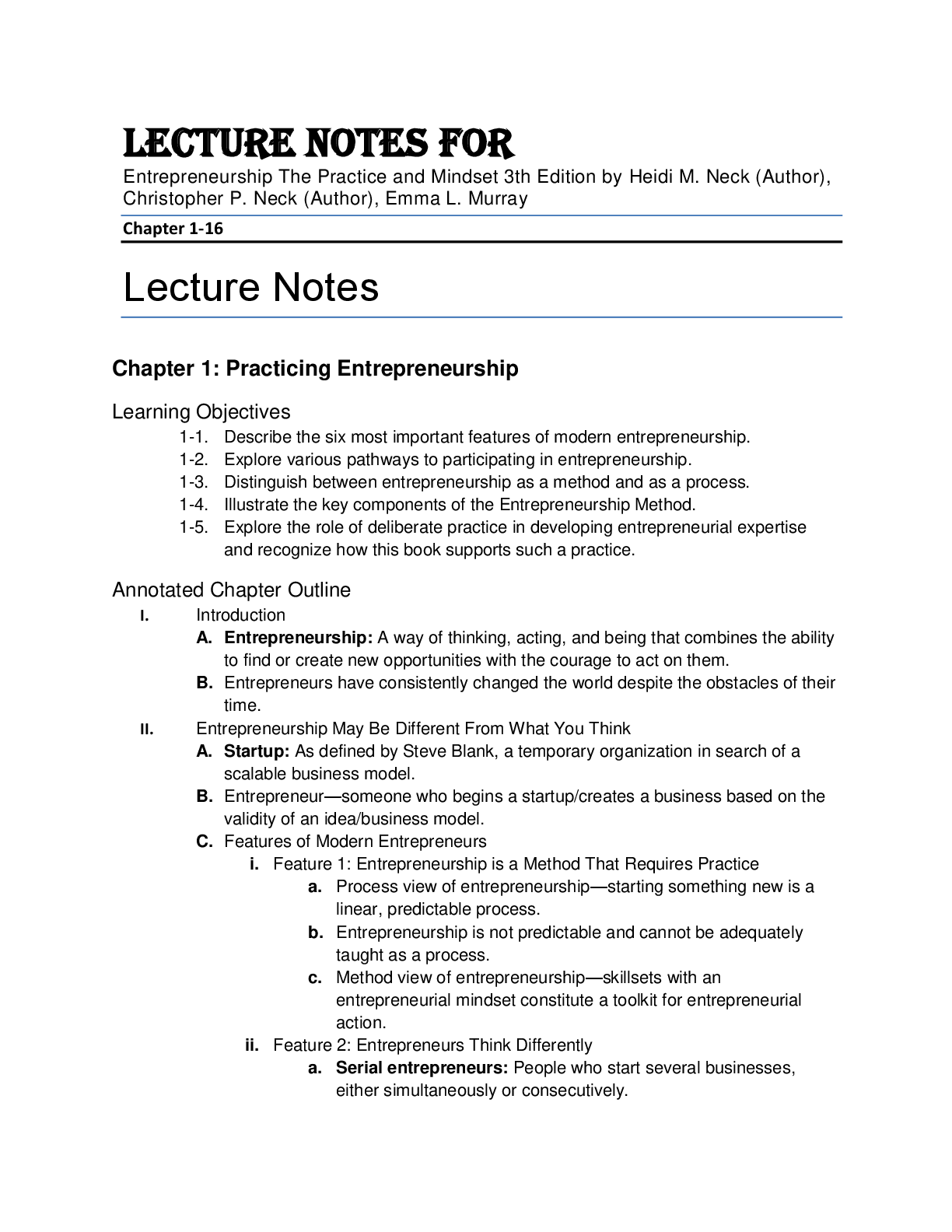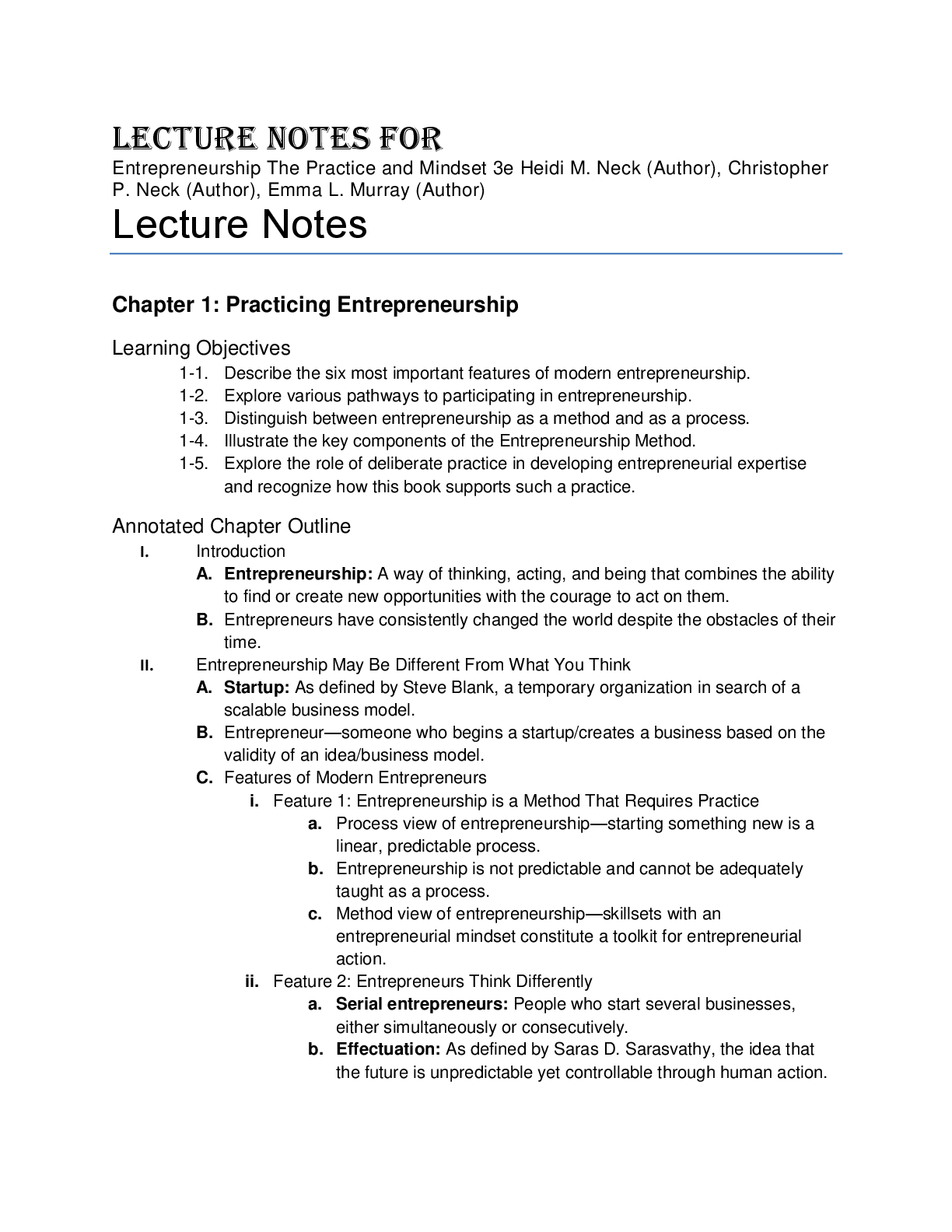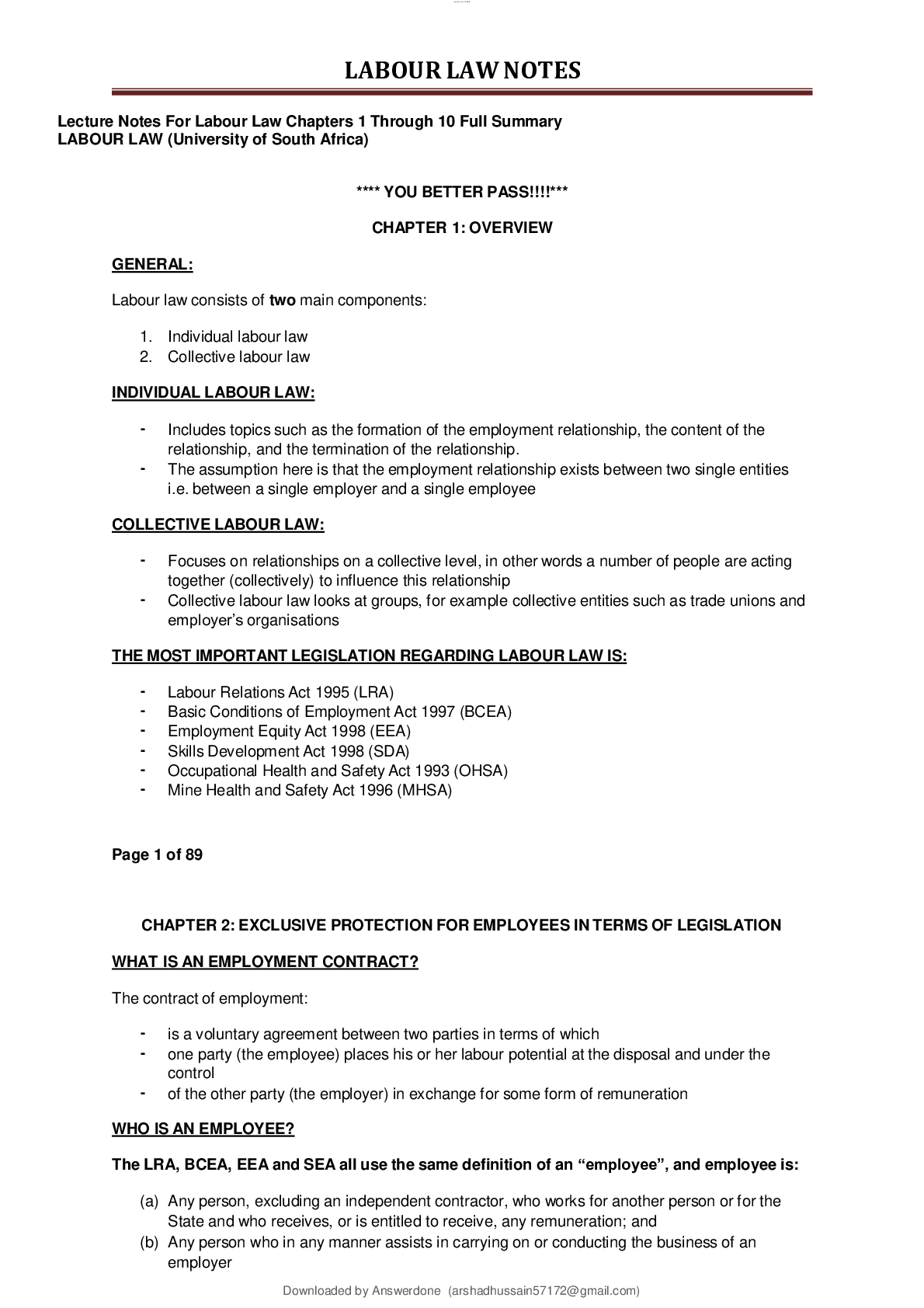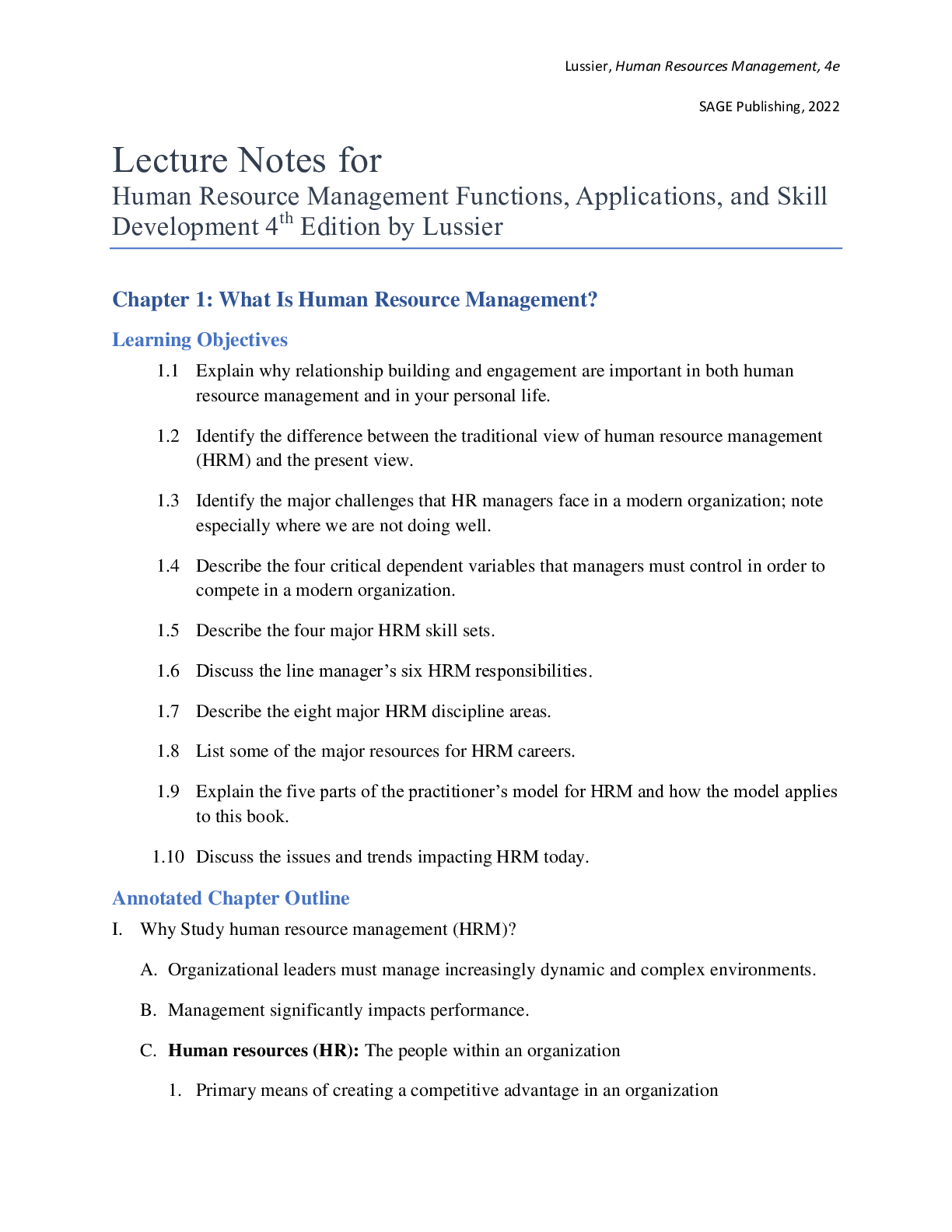Economics > LECTURE SLIDES/NOTES > Week 2: Lectures 3-4: Introductory Macroeconomics. Measuring Economic Performance: The Price level (All)
Week 2: Lectures 3-4: Introductory Macroeconomics. Measuring Economic Performance: The Price level Measuring Economic Performance: Savings and Wealth
Document Content and Description Below
Measuring macroeconomic imperformance An economy is performing well if: Rising long term leaving standards The price level is under control (WEEK 2) The need for savings and investments are bala ... nced (WEEK 2) All individual seeking work are employed (WEEK 3) Extreme short-run macroeconomic fluctuations are avoided (WEEK 3) At the end of this lecture, you should be able to answer the following questions: How is the CPI (and inflation) calculated? What are the economic costs of inflation? Do I understand the distinction between the nominal and real rate of interest? Why do people save? What is the link between savings and wealth? What is national saving and how is it related to investment? Value of money, the price level and inflation Measuring the price level: The Consumer Price Index (CPI) The Consumer Price Index (CPI): average price of a basket of goods and services consumed by a typical family It is calculated relative to a base year which is set at a benchmark value of 100. For example: In the March quarter 2019, the Australian GDP price index was 114.1. The price level that year was 14.1% higher than in the base year (2011/12). Comparison of cost of living indices Ideal cost of living index: A: Determine the cost of the utility-maximising consumption basket in the base year (say year 2010). B: Determine the minimum cost of the current year (i.e. 2019) consumption basket required to yield base year utility at current year prices. Index value = B/A Calculated based on preferences, not purchases This is how the CPI should be calculated! Inflation indexing When a price, wage, or interest rate is adjusted automatically with inflation, it is said to be indexed. An indexed payment increases with to the index number that measures inflation. A wide array of indexing arrangements is observed in private markets and government programs. Since the negative effects of inflation depend in large part on having inflation unexpectedly affect one part of the economy but not another—such as increasing the prices that consumers pay but not the wages that workers receive—indexing can take some of the sting out of inflation. No clear-cut threshold. One of the most famous episode of hyperinflation: Germany in 1923 when the rate of inflation reached 7,000,000,000,000%!!!! Many recent episodes of hyperinflation in South America and Africa. Venezuela has been experiencing hyperinflation since 2016. Hyperinflation magnifies the costs of inflation. With prices changing daily or even hourly, markets are no longer efficient and perform poorly. The economy slows down significantly. Saving is discouraged as every dollar saved quickly loses its purchasing power. Investment shrinks as future profits are too difficult to estimate. Huge redistributions of wealth takes place. Why is deflation a problem? With deflation, commodity prices, asset prices and incomes fall. But the value of debt and set repayments stays constant. So the real value of debt and repayments rises. This will lead to a collapse on consumption and even sound businesses may become bankrupt (eg. The 1930s and Japan over the last decade) However, the odd year of falling prices does not matter. The main risk is that it feeds into lasting expectations of falling prices and thus delayed spending which will feed further downward pressure on prices Inflation and interest rates What is an appropriate rate of inflation? Concept of Real interest rates Nominal Versus Real Interest Rates and Expected Inflation real interest rate ≈ nominal interest rate − inflation rate. Where: it = nominal interest rate for year t. rt = real interest rate for year t. t = actual rate of inflation This means that when the rate of inflation is zero, the real interest rate is equal to the nominal interest rate. With positive inflation, the nominal interest rate is higher than the real interest rate. Effectively, the real interest rate is the nominal interest adjusted for the rate of inflation. It allows consumers and investors to make better decisions about their loans and investments 2019: negative real interest rates Under some circumstances, it may still be convenient for people or businesses to hold financial assets or savings accounts, even with interest rates below zero, rather than converting their financial wealth into cash. July 2019 in Australia: The RBA lowered the cash rate to 1%. As inflation was reported at 1.6% in the June quarter 2019, the real cash rate is negative at -0.6%. Measuring macroeconomic performance Saving involves a trade-off: the decision to postpone consumption to provide resources for the future. The life-cycle theory (F. Modigliani) ` The life-cycle theory predicts that people save a lot when their income is high relative to their lifetime average income, and dissave when their income is low relative to their lifetime average income. The life-cycle hypothesis views individuals as planning their consumption and saving behaviour over long periods with the intention of allocating their consumption in the best possible ways over their entire lifetime Savings result mainly from individuals’ desire to provide for consumption in old age. During the working life, the individual saves, building up assets. At the end of the working life, the individuals begins to live off those assets. Rationales for the low Australian household saving rate The problem posed by low household saving in Australia is probably overstated. It is national saving, not household saving, that is a key determinant of an economy capacity of invest in new capital goods and thus ensure continued long-term economic growth Business saving in Australia is significant Private and public components of national savings An important concept: the opportunity cost The determinants of investment: Project evaluation and interest rates If the firm needs to borrow money to invest in new capital, it will have to pay to pay back its debt. The real interest rate then determines the real cost to the firm of paying back its debt. Thus increases in real interest rate make the purchase of capital goods less attractive to the firm (all else being equal) As a result, the demand for investment (i.e. the quantity of investment demanded) is negatively correlated with real interest rates (other things held constant). When the opportunity cost of investing is low, firms invest more. Patrick is currently earning $4400 each summer working as a barista. He is thinking of going into lawn care business. He can buy a $4000 ride-on mower by taking out a loan at 6% annual interest rate. With this mower he hopes to make $6000 per summer, after deducting the costs of maintenance and petrol. However, he will have to pay 20% government taxes on the expected $6000 revenues. Assume Patrick can resell the lawn mower for $4000 (ie does not lose value over time), should Patrick buy the lawn mower and start this new business? Saving and investment equilibrium The investment curve is downward sloping; the lower the real interest rate, the lower the marginal return on capital needs to be to still provide a better return than the interest rate. Ie the opportunity cost is low. So there is a lot of investment. In the example we saw earlier (patrick), if the interest rate is 2% instead of 6, the cost of running a lwan mowing business is much lower ($80) instead of $240. Threfore his expected benefits don’t need to be that high for his business to be worthwhile (profitable). Effect of new technology on the saving and investment equilibrium The impact of the government budget deficit on national saving and investment The mining boom and investment in Australia [Show More]
Last updated: 3 years ago
Preview 1 out of 95 pages
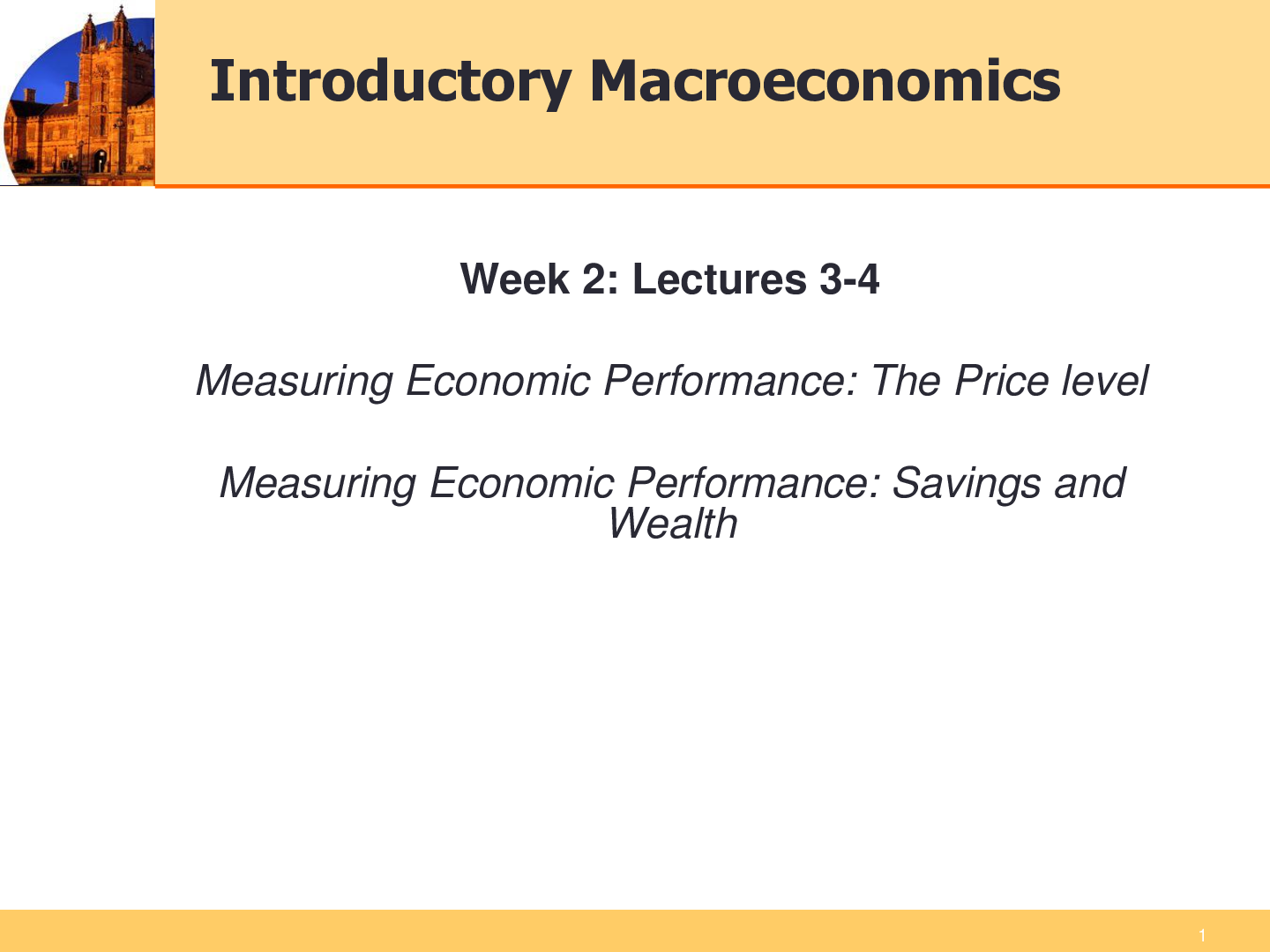
Buy this document to get the full access instantly
Instant Download Access after purchase
Buy NowInstant download
We Accept:

Reviews( 0 )
$3.00
Can't find what you want? Try our AI powered Search
Document information
Connected school, study & course
About the document
Uploaded On
Nov 28, 2019
Number of pages
95
Written in
All
Additional information
This document has been written for:
Uploaded
Nov 28, 2019
Downloads
0
Views
223

